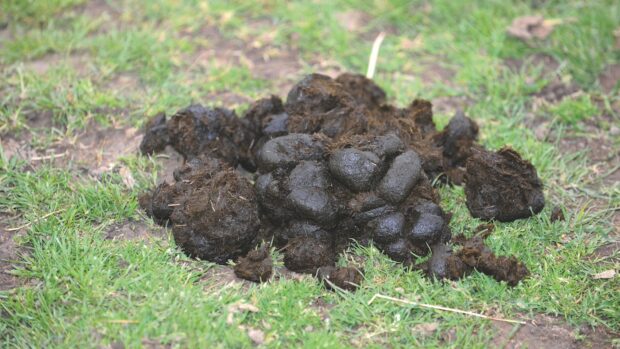Are we putting our horses’ health at risk by ignoring the threat of encysted small redworm?
The results of this year’s annual National Equine Health Survey suggest the answer is yes.
The survey revealed that one in five owners who claimed to have treated for encysted small redworm (ESRW) used a wormer that was not suitable for treating these potentially lethal encysted parasites.
Encysted small redworms are one of the most common and harmful worms found in horses.
They are the larval stages of the small redworm that have buried into the lining of the gut where they can lie dormant for some time.
They pose a potentially fatal health risk but won’t show up in a standard faecal worm egg count because the larvae are not mature and producing the eggs that would show up.
Untreated, encysted small redworm can develop and emerge en masse from the gut wall in the early spring, causing diarrhoea and colic, with a mortality rate of up to 50%.
“The veterinary recommendation is that all horses should receive a treatment for ESRW during the late autumn and early winter, regardless of their faecal worm egg count,” said Wendy Talbot, equine veterinary manager at animal health company Zoetis.
“It’s crucial to remember that even if your horse’s faecal worm egg count is negative you must still treat for encysted small redworm before the early spring, to protect your horse from this deadly parasite.”
Encysted redworm should be treated annually between October and March via either a single dose of a moxidectin-based wormer or a five-day course of a fenbendazole-based wormer.



